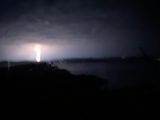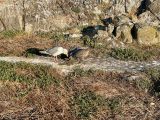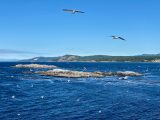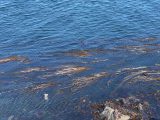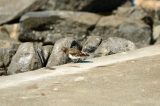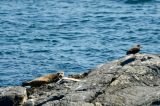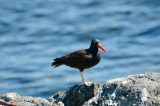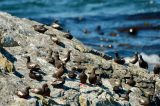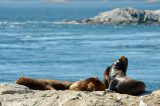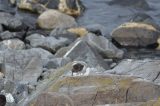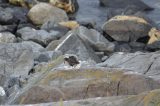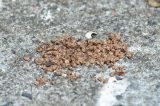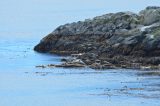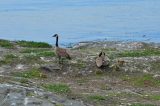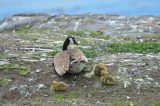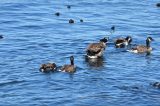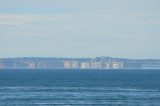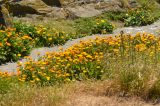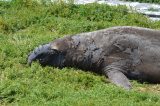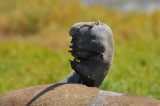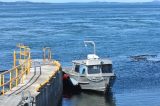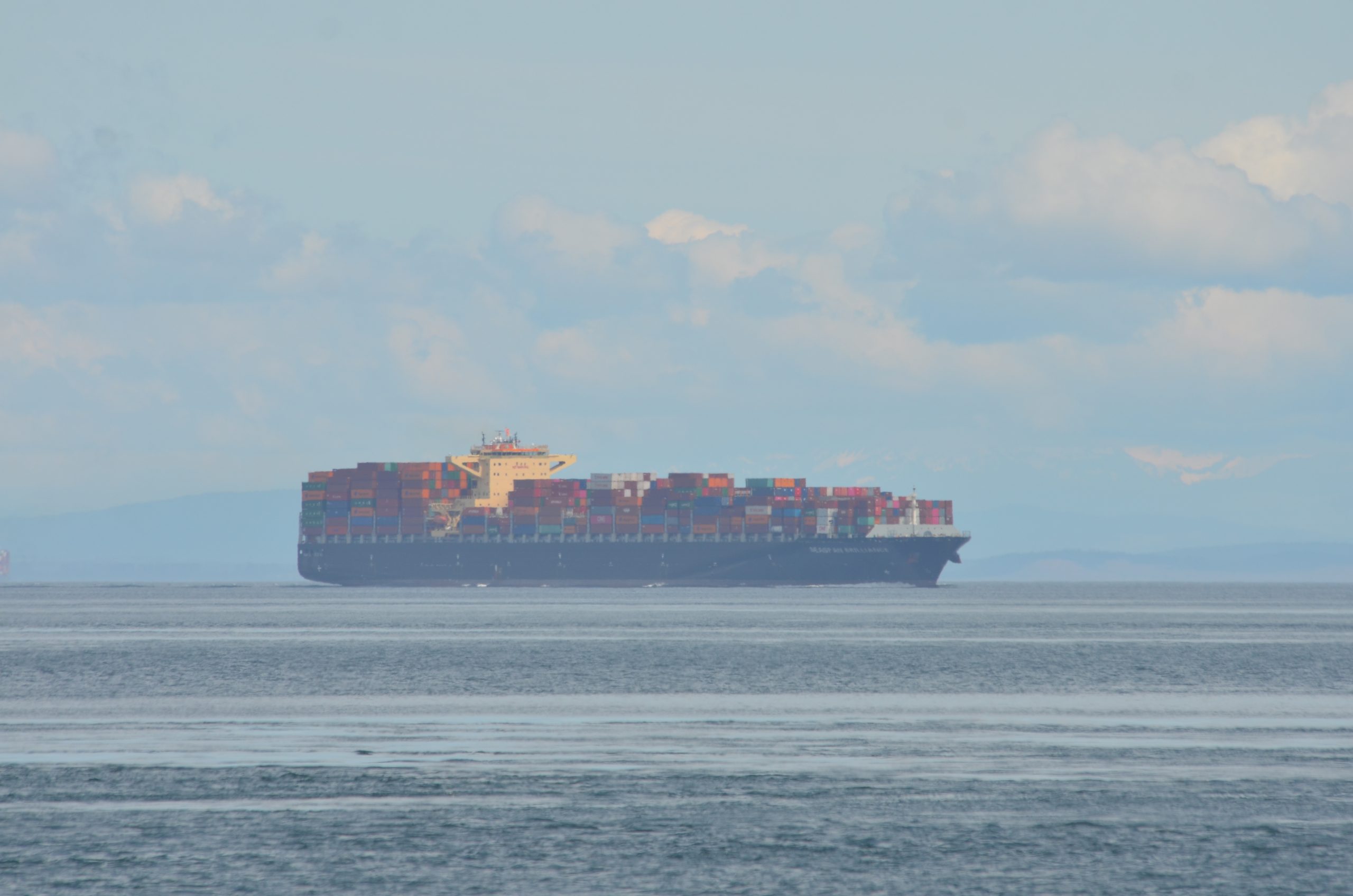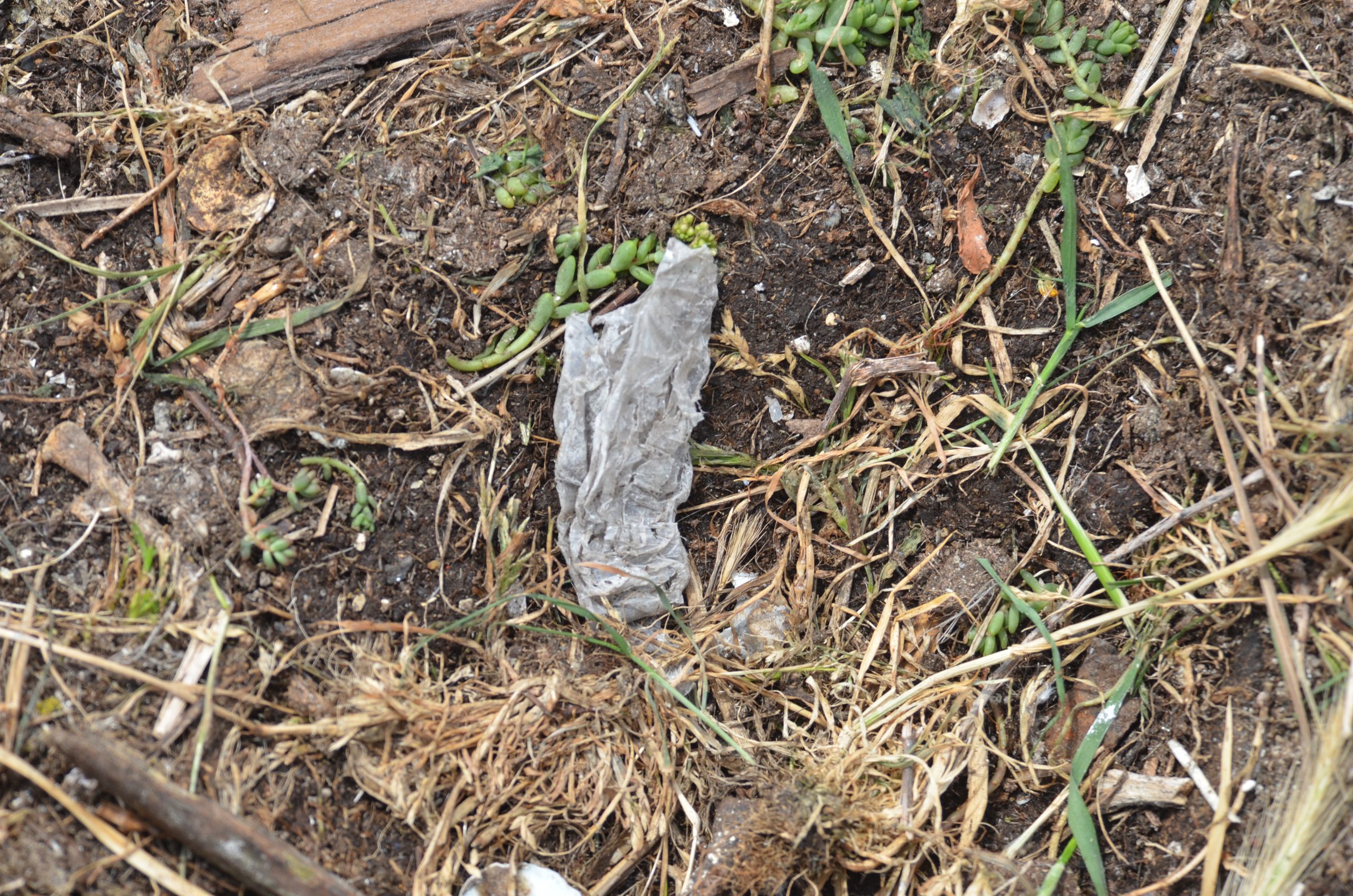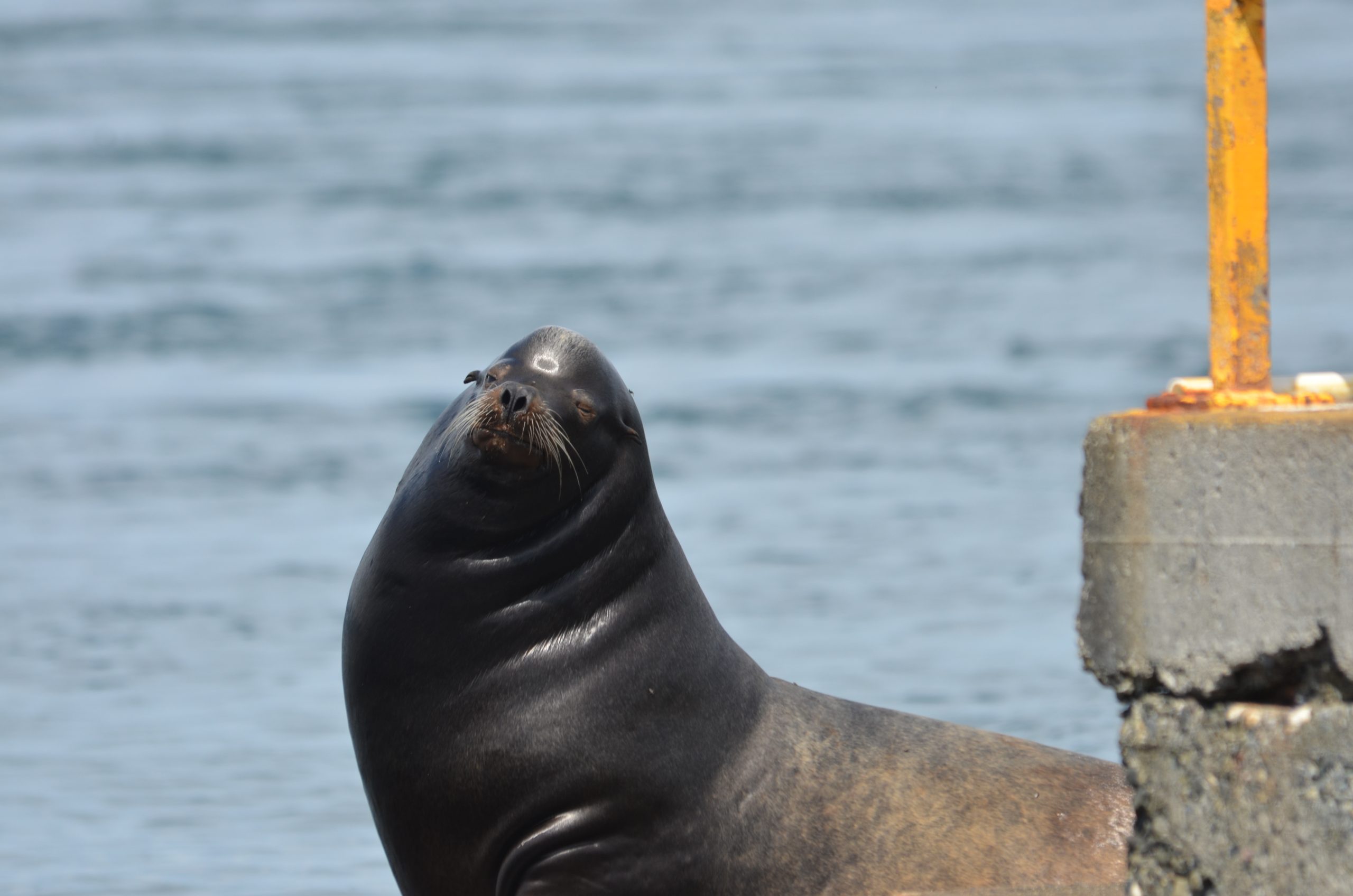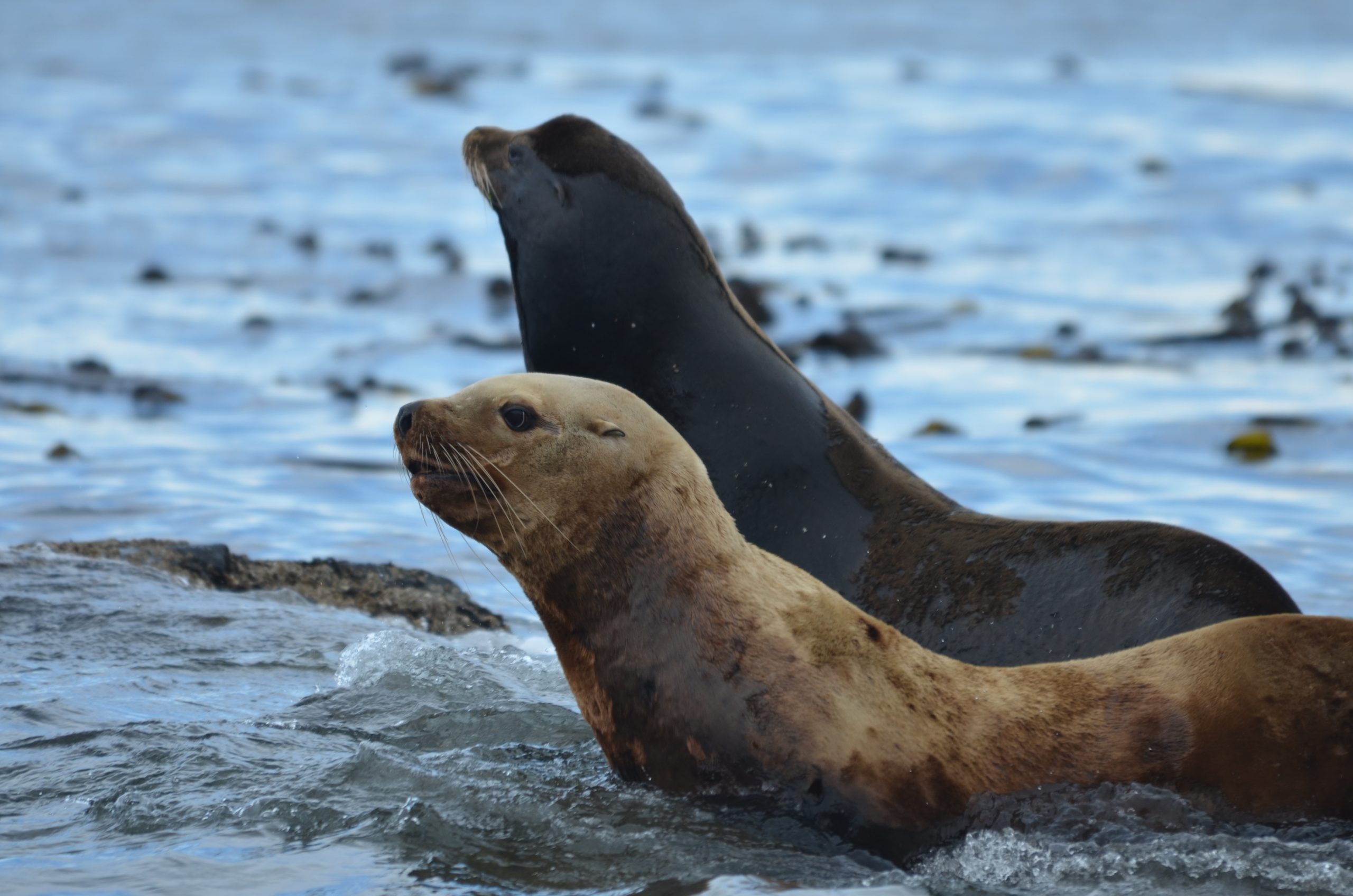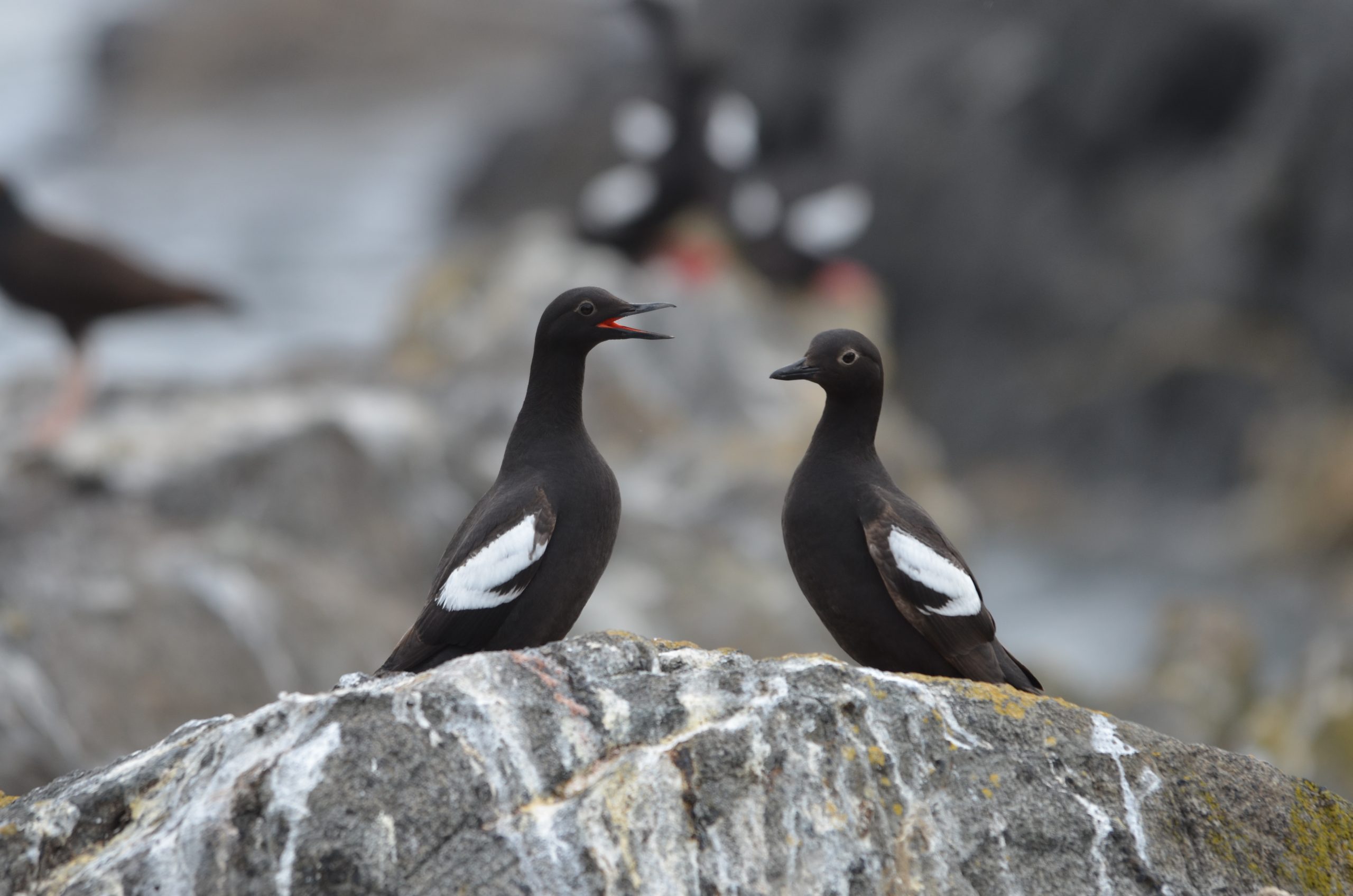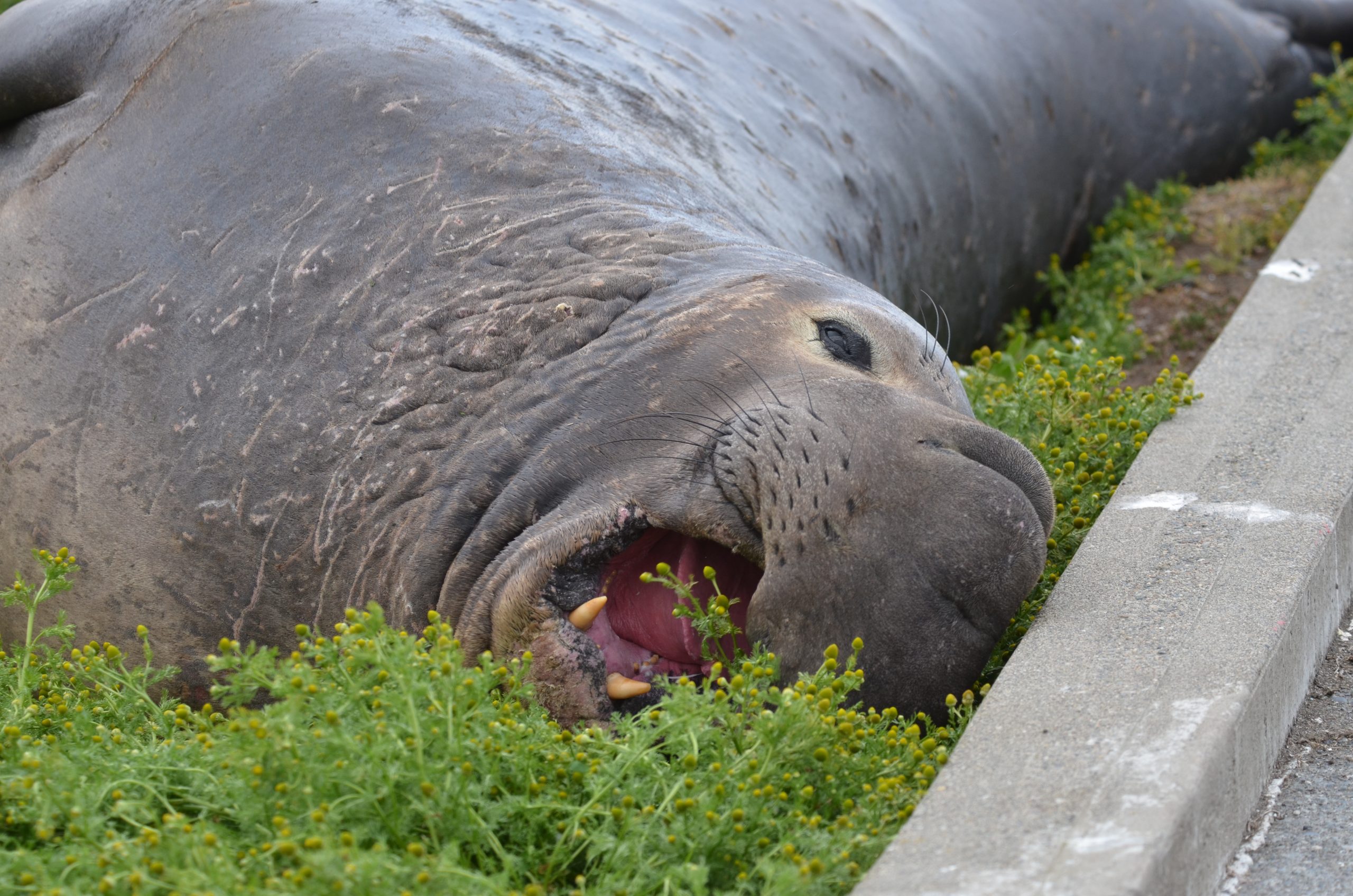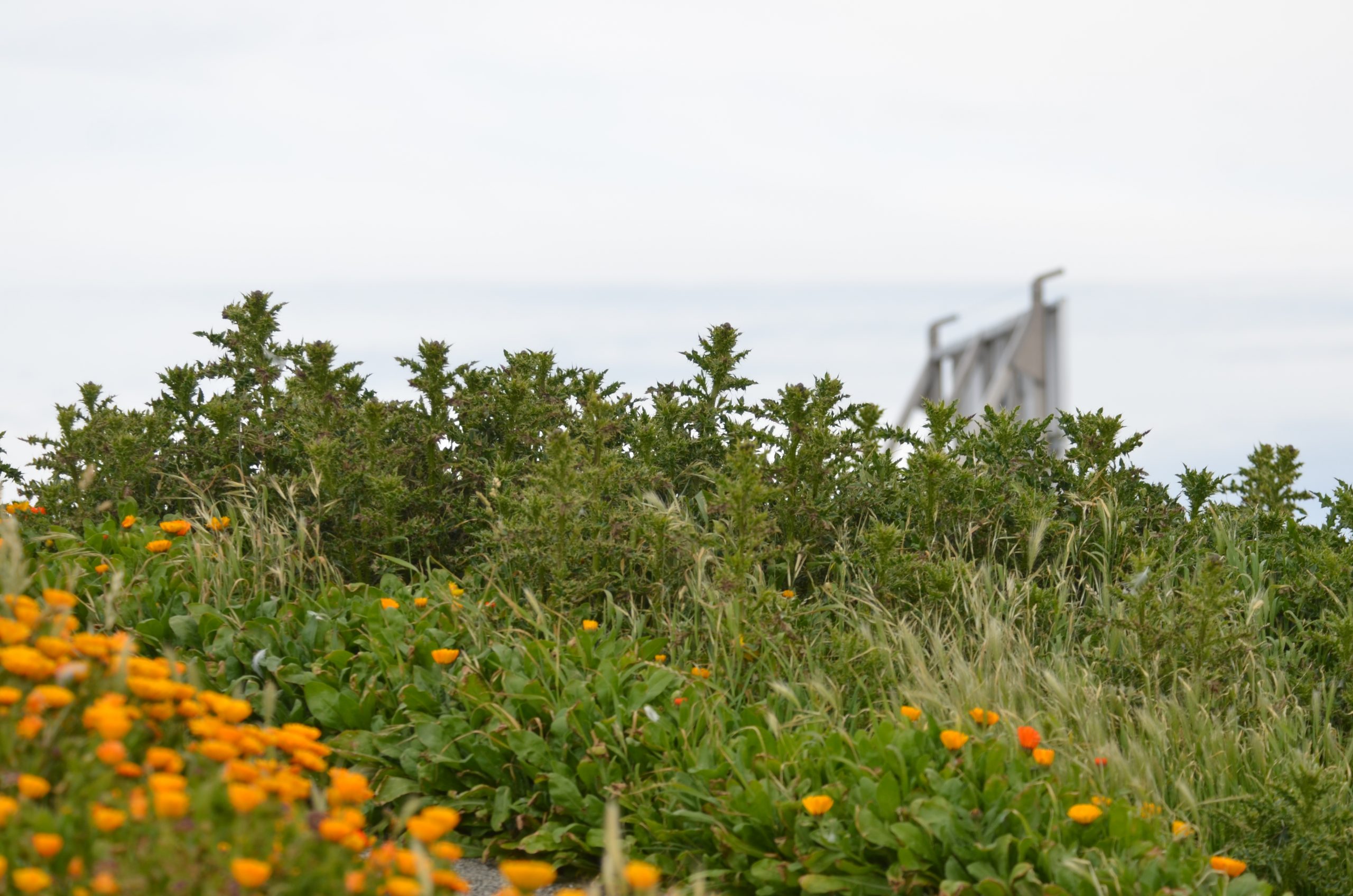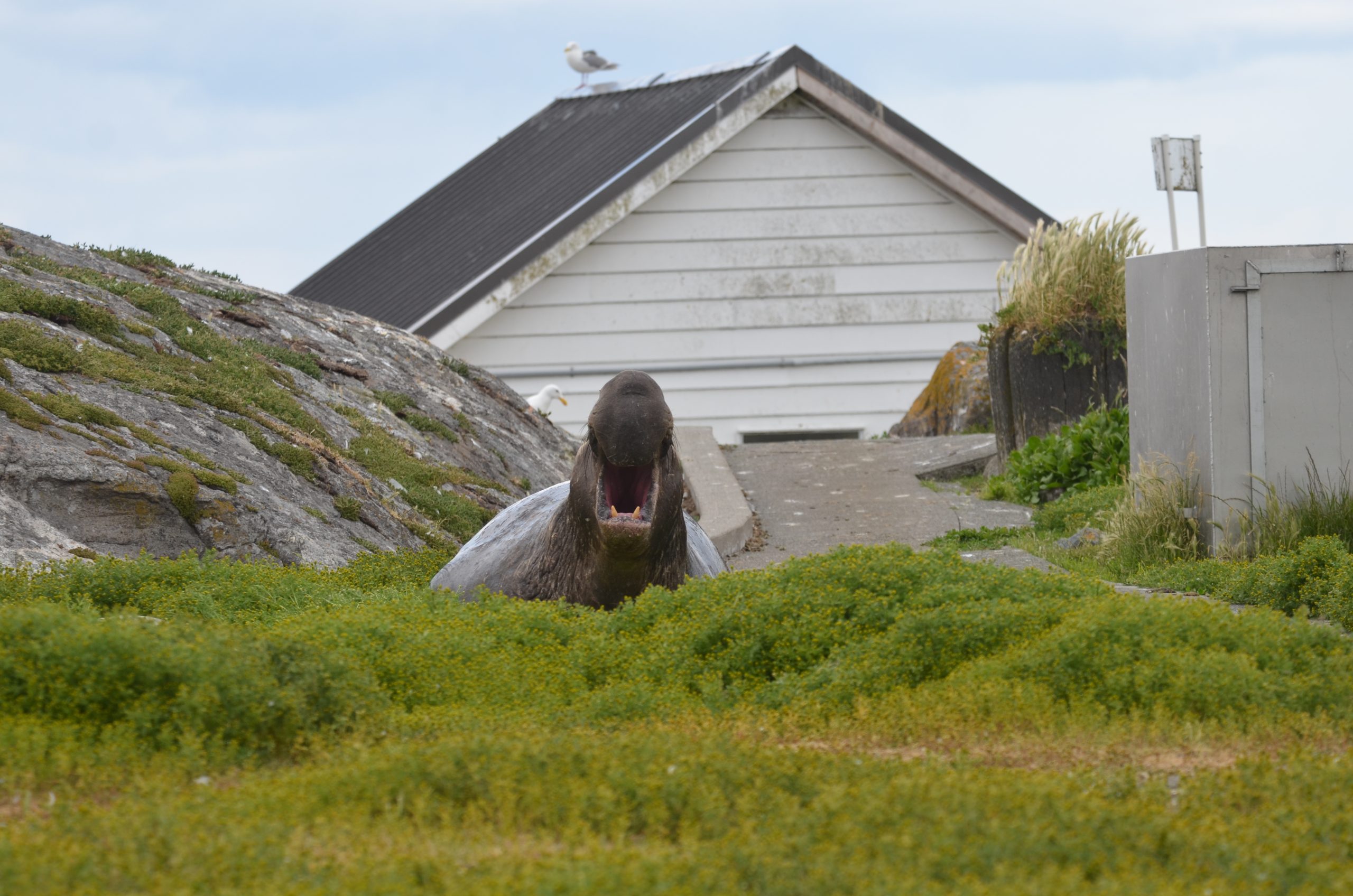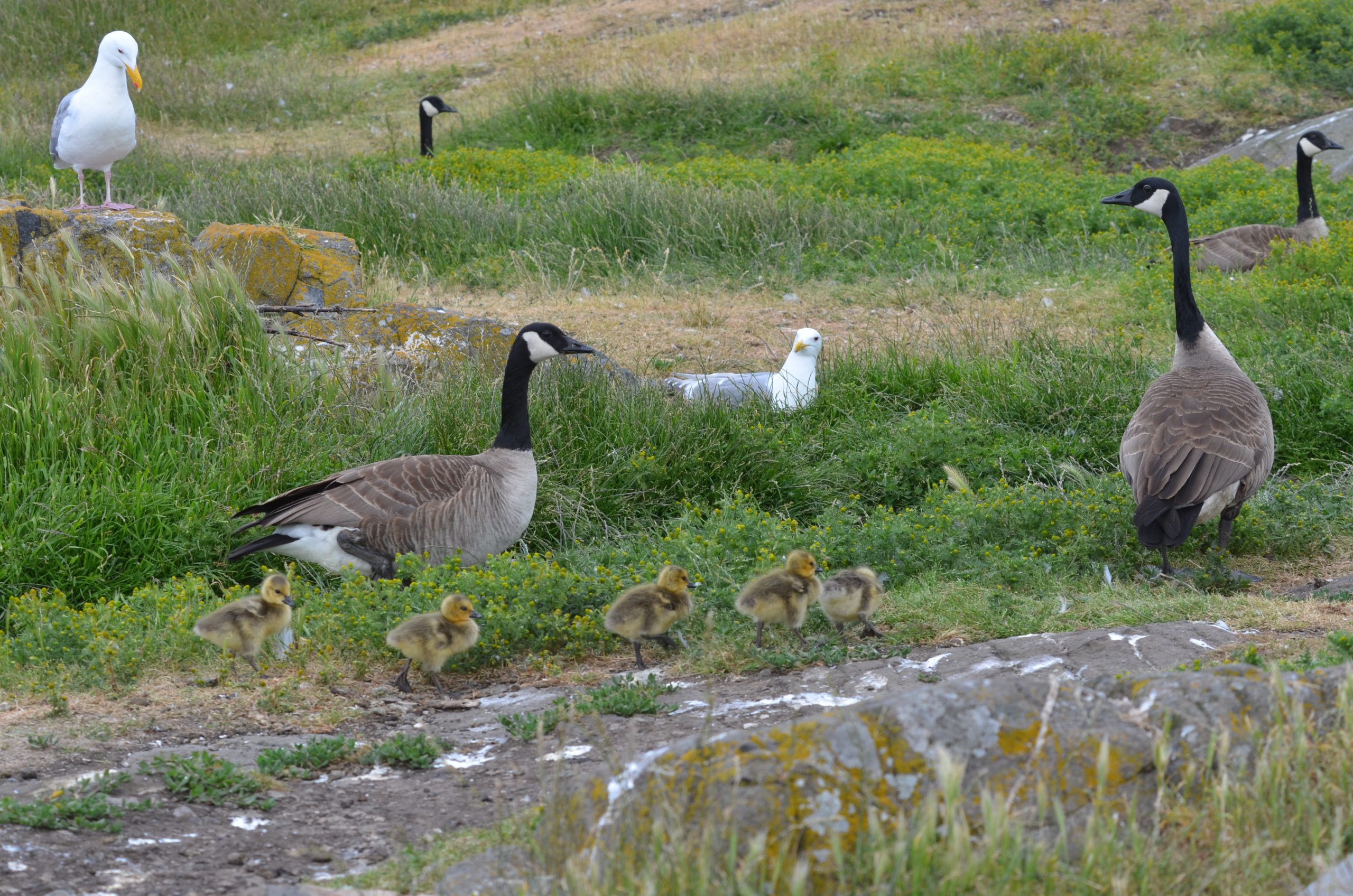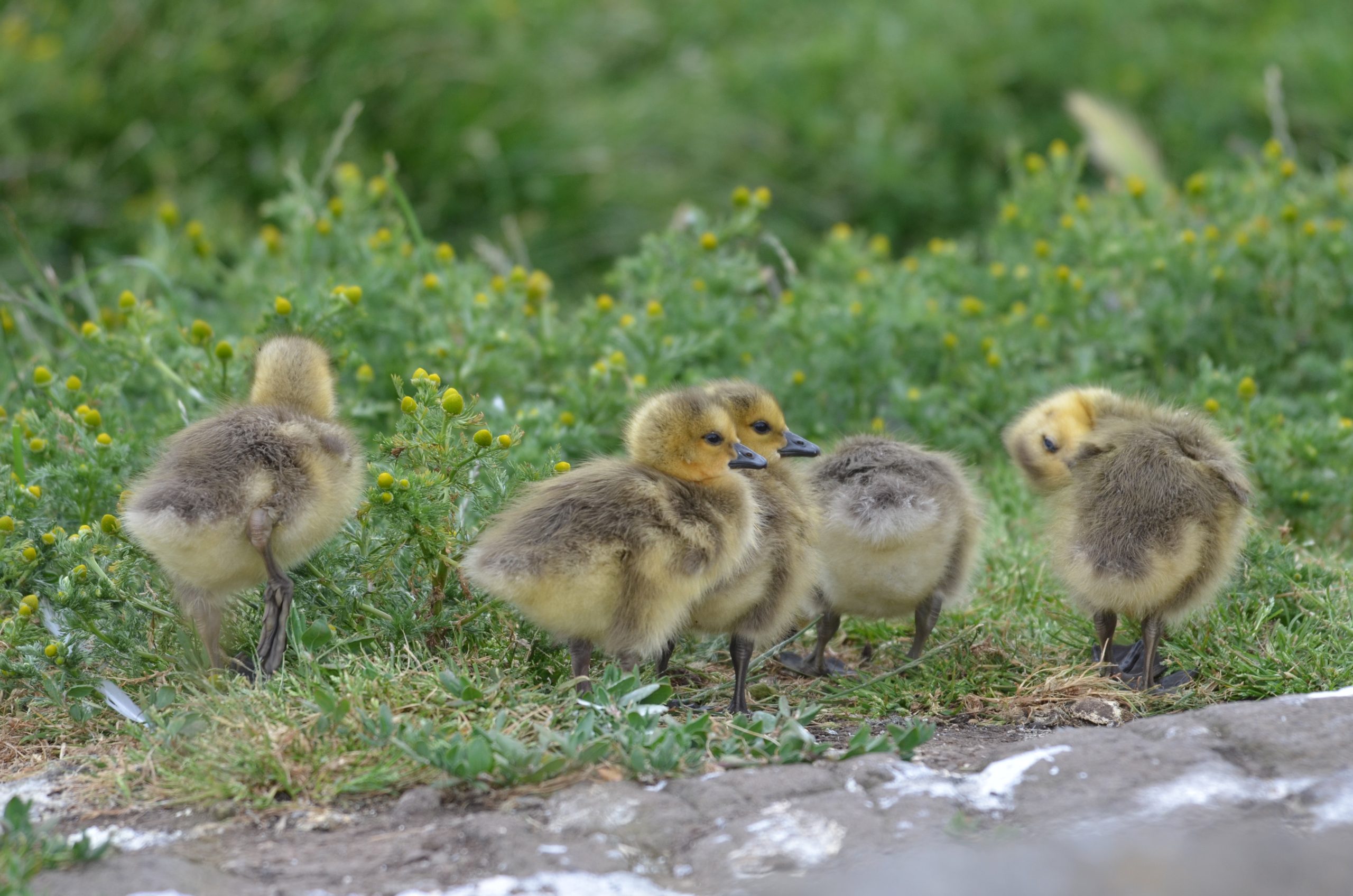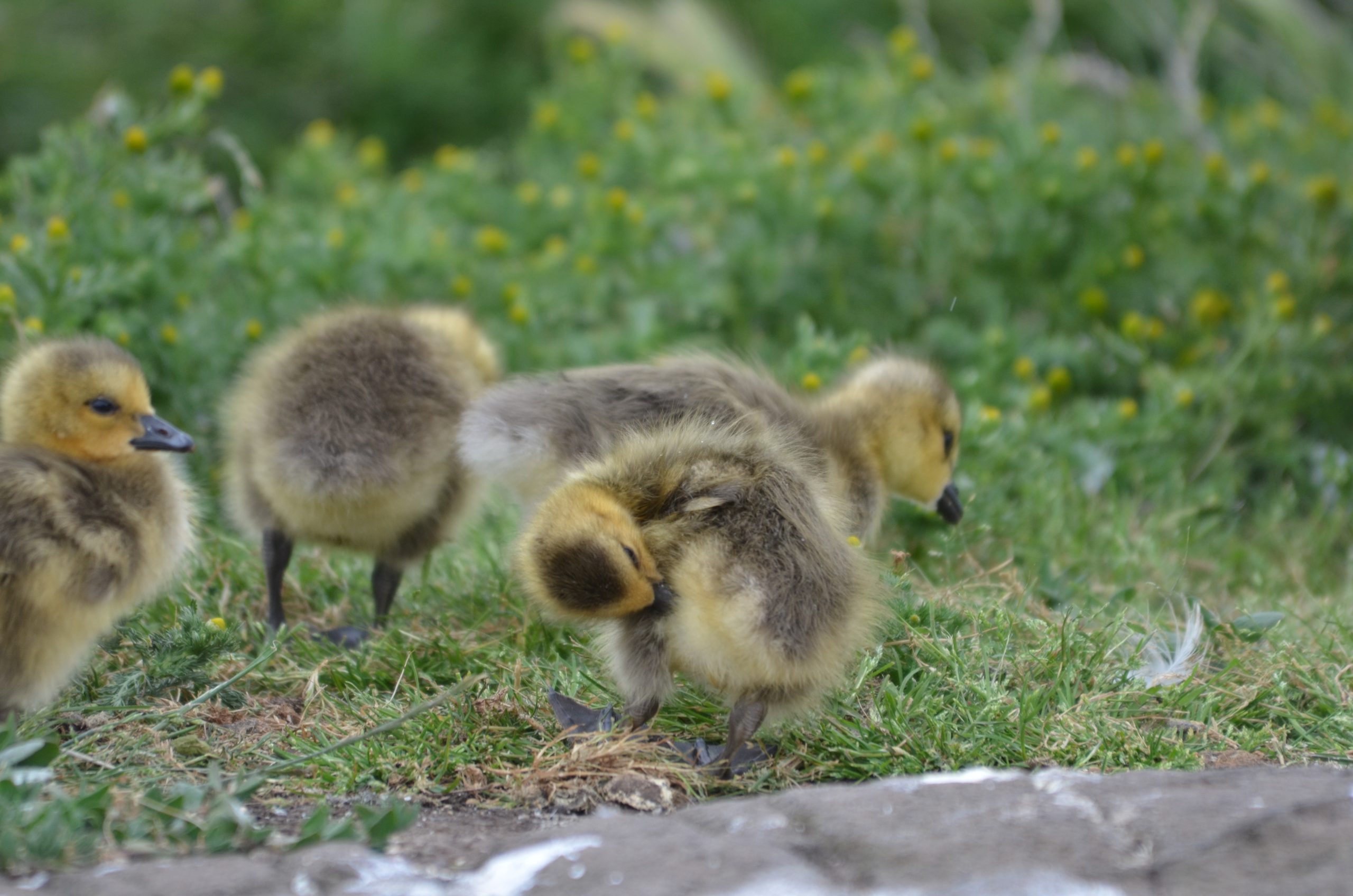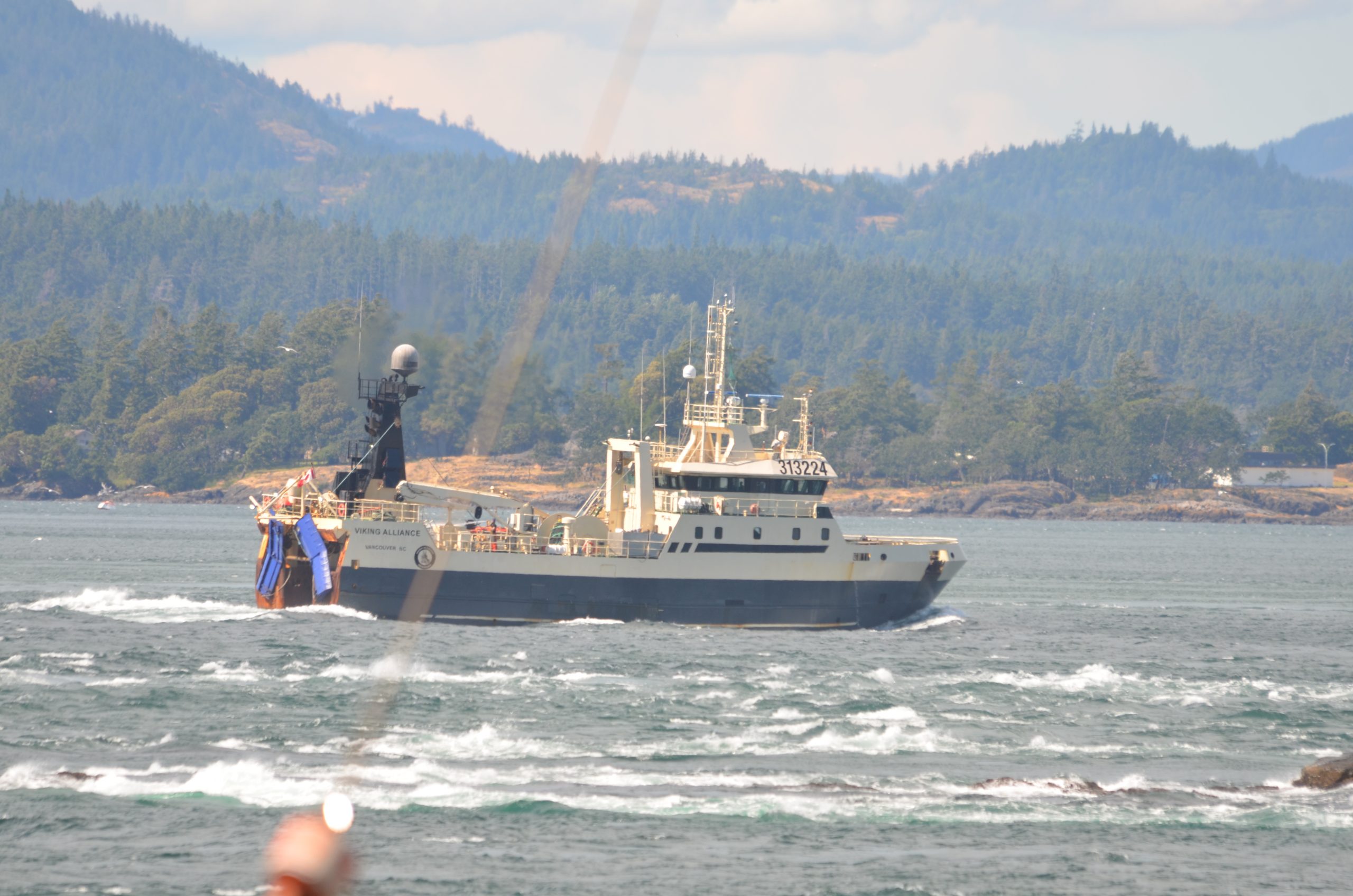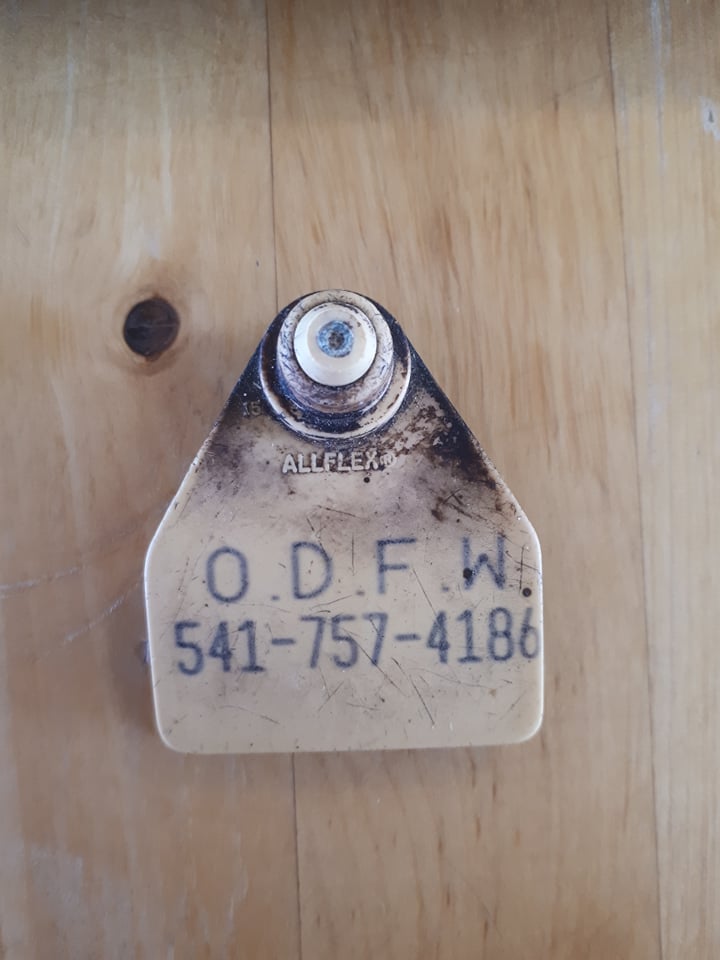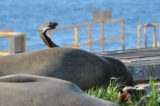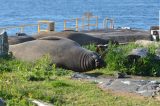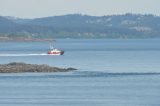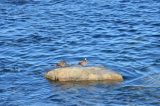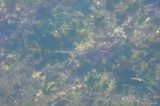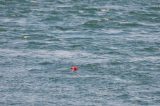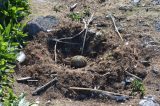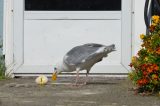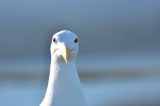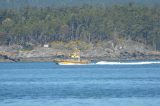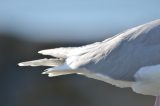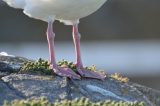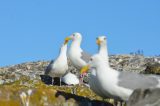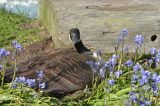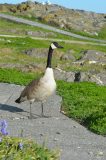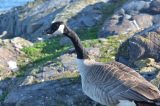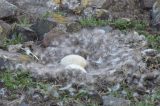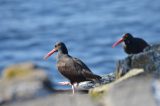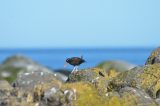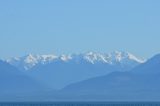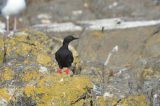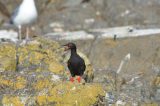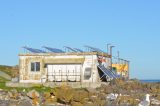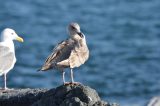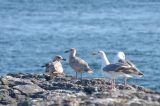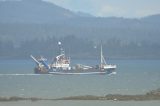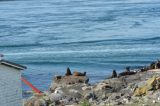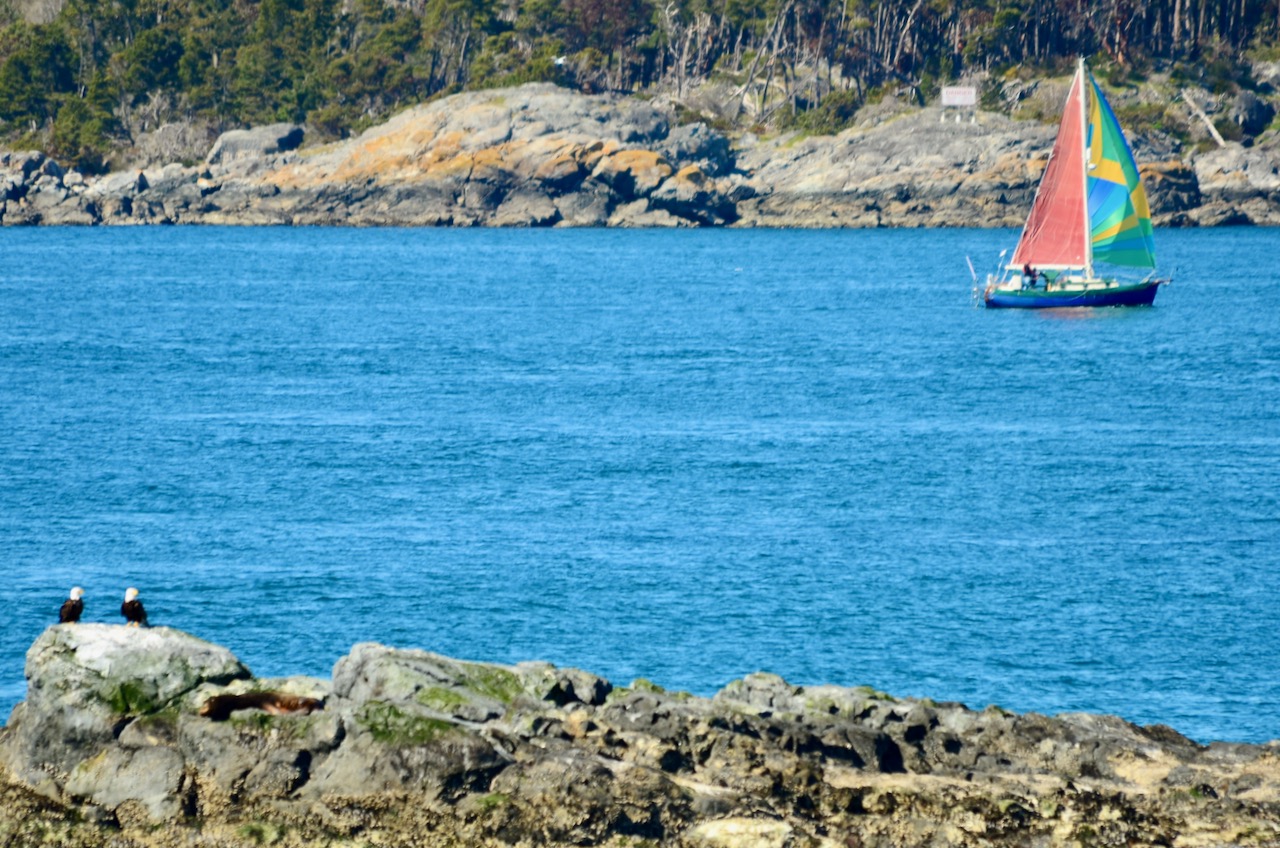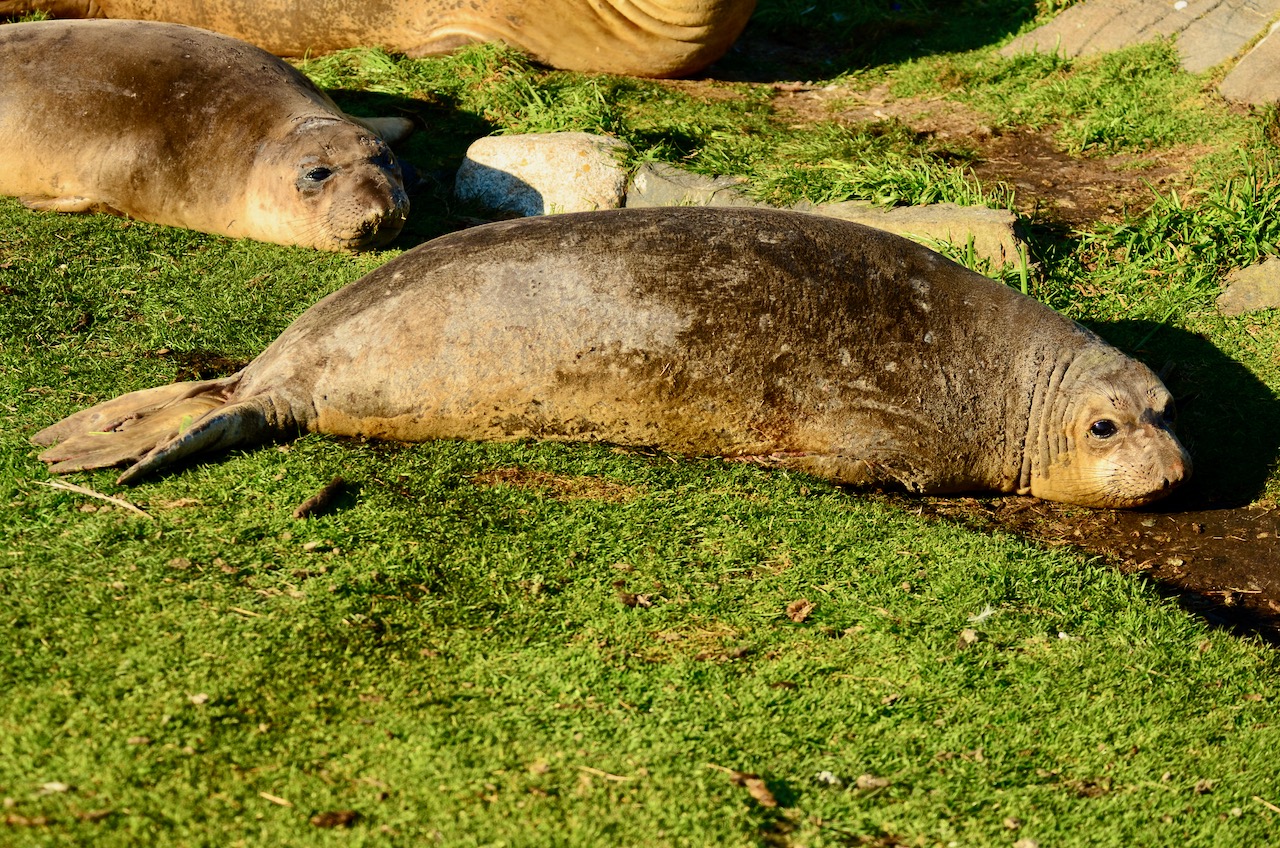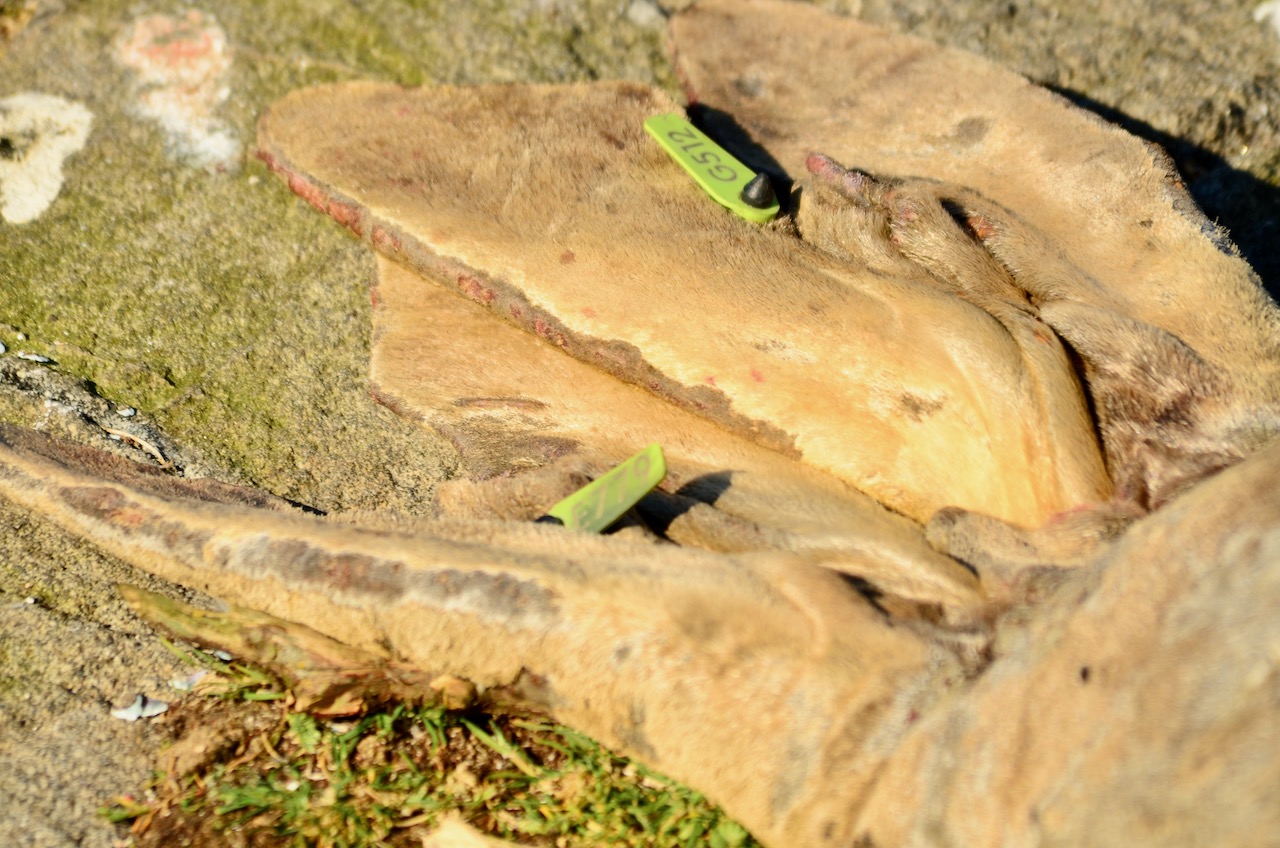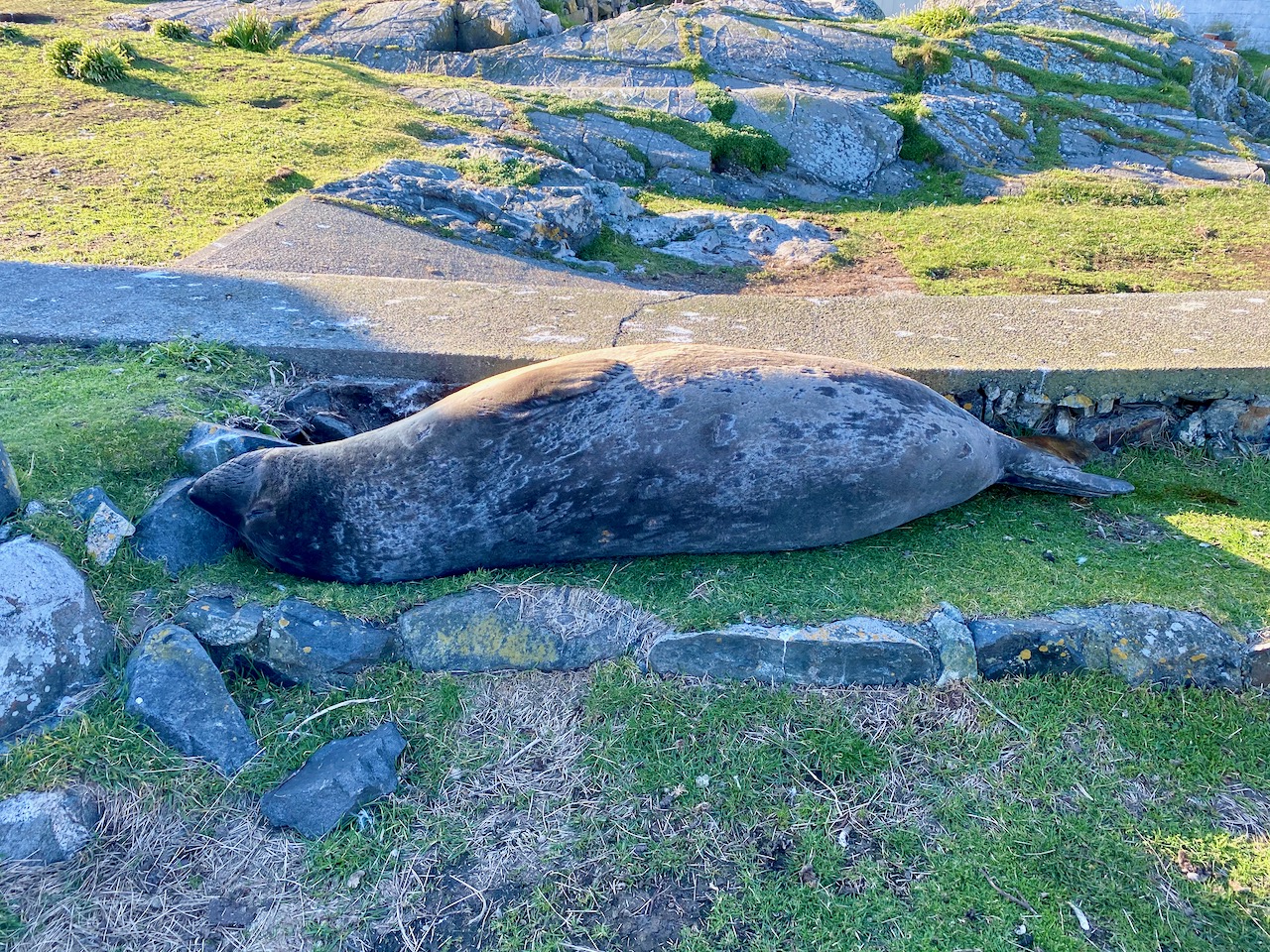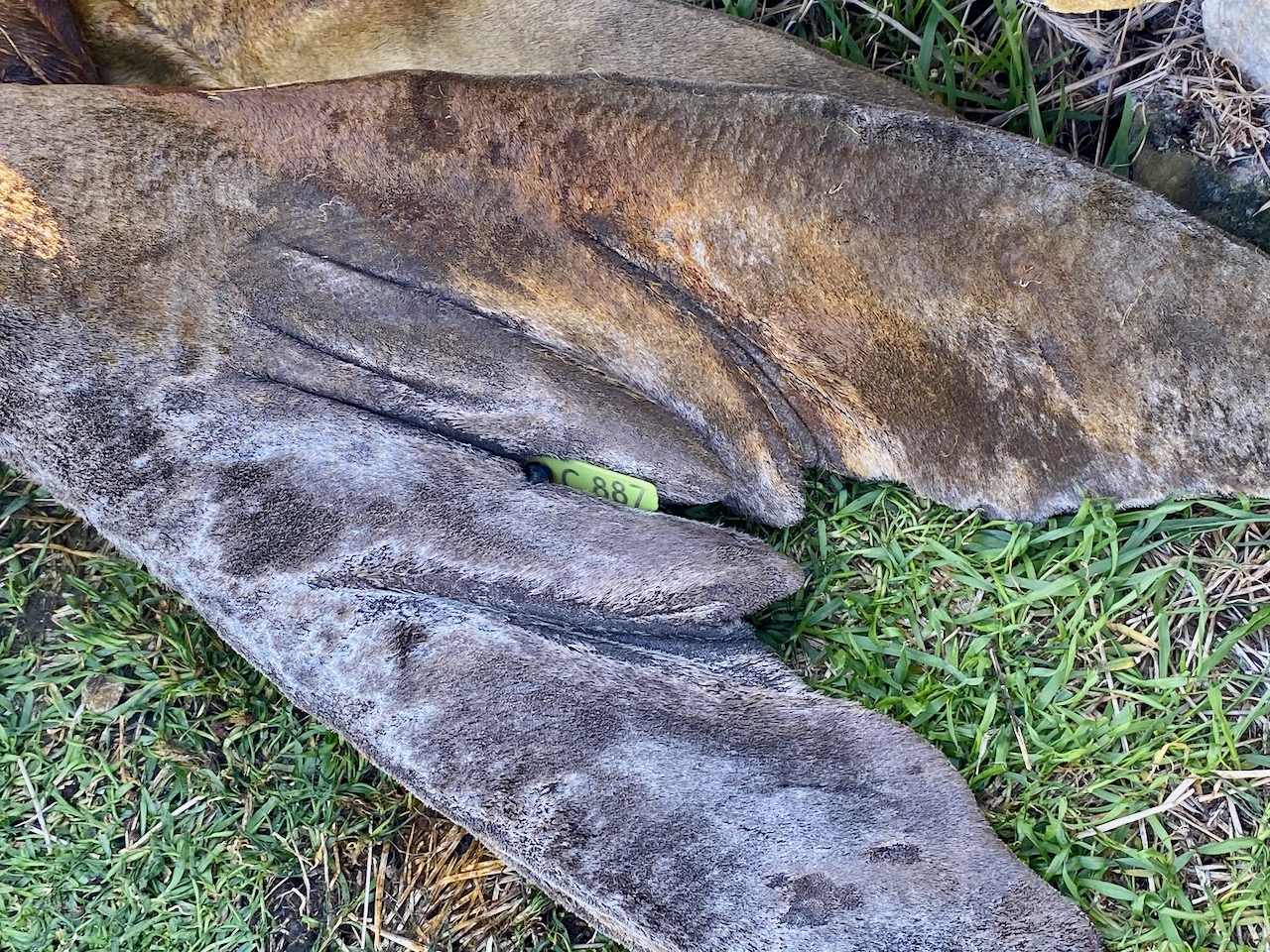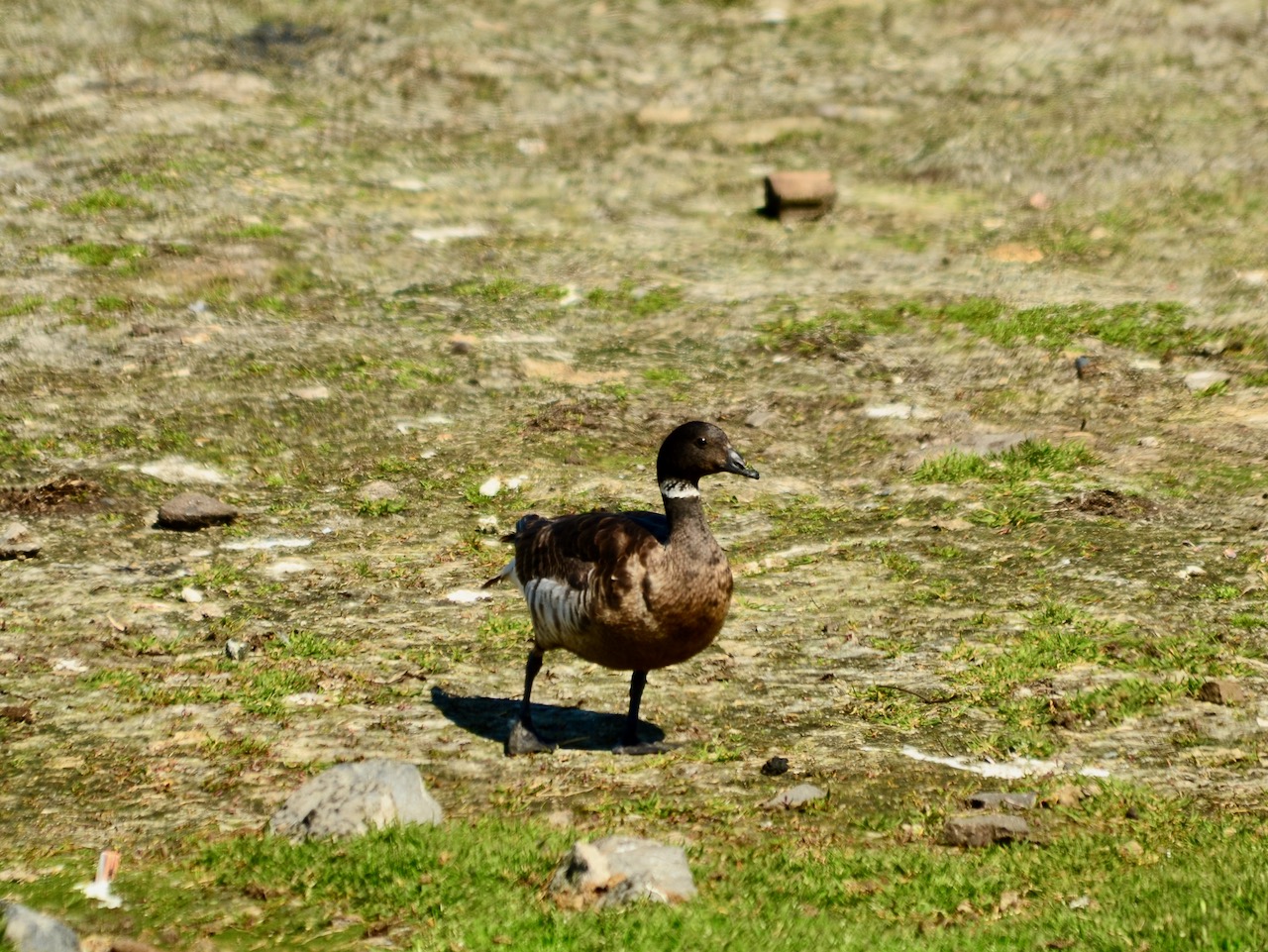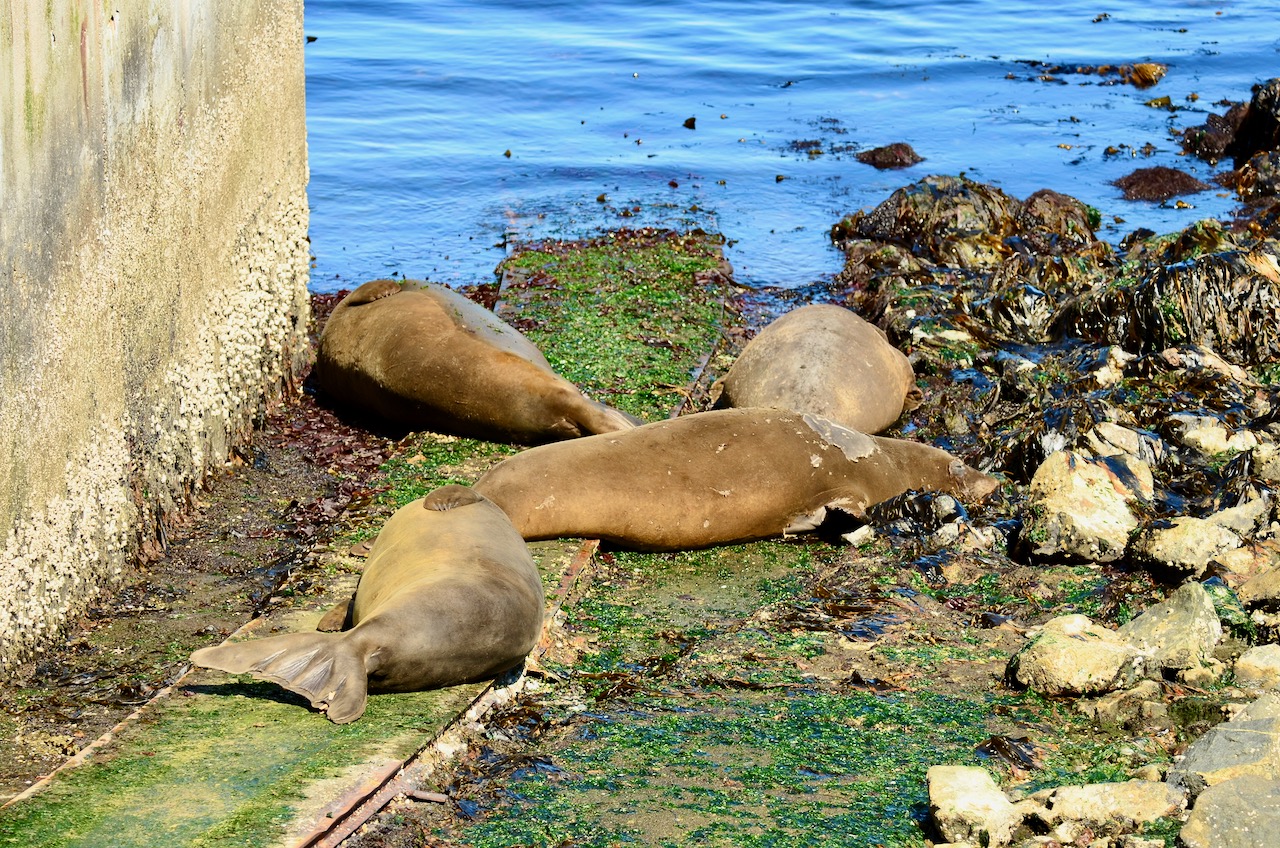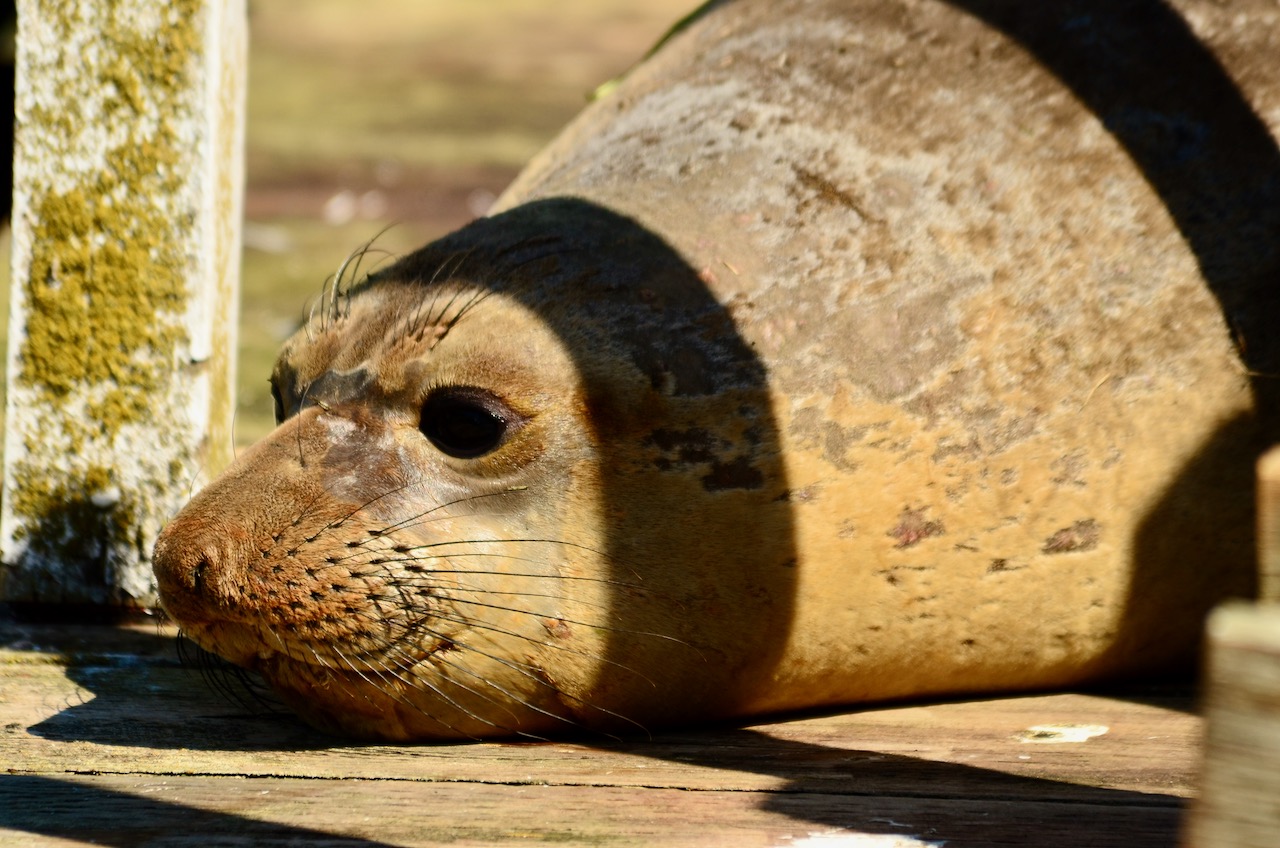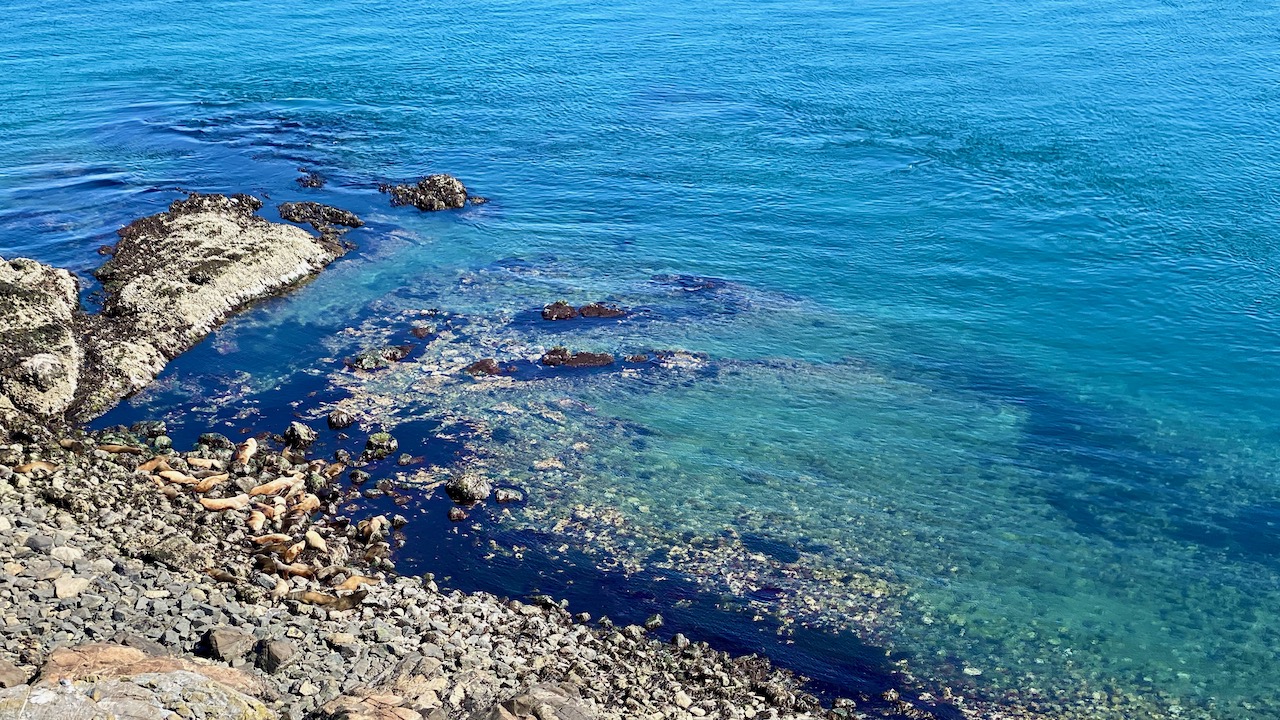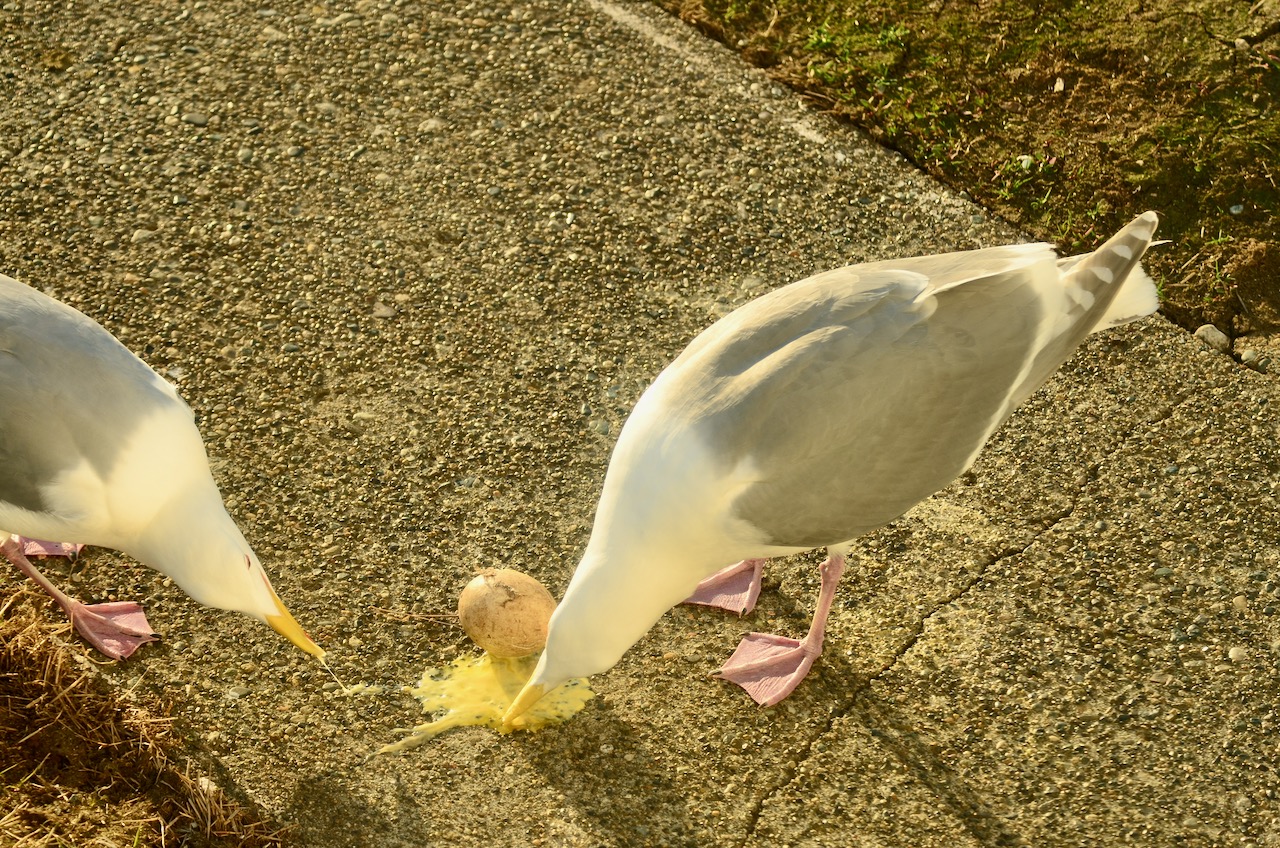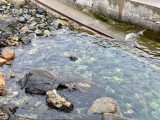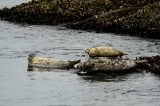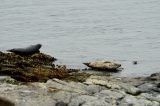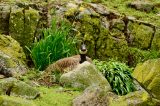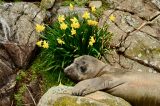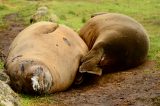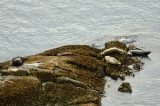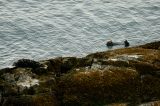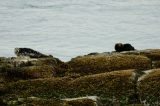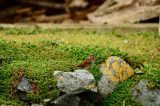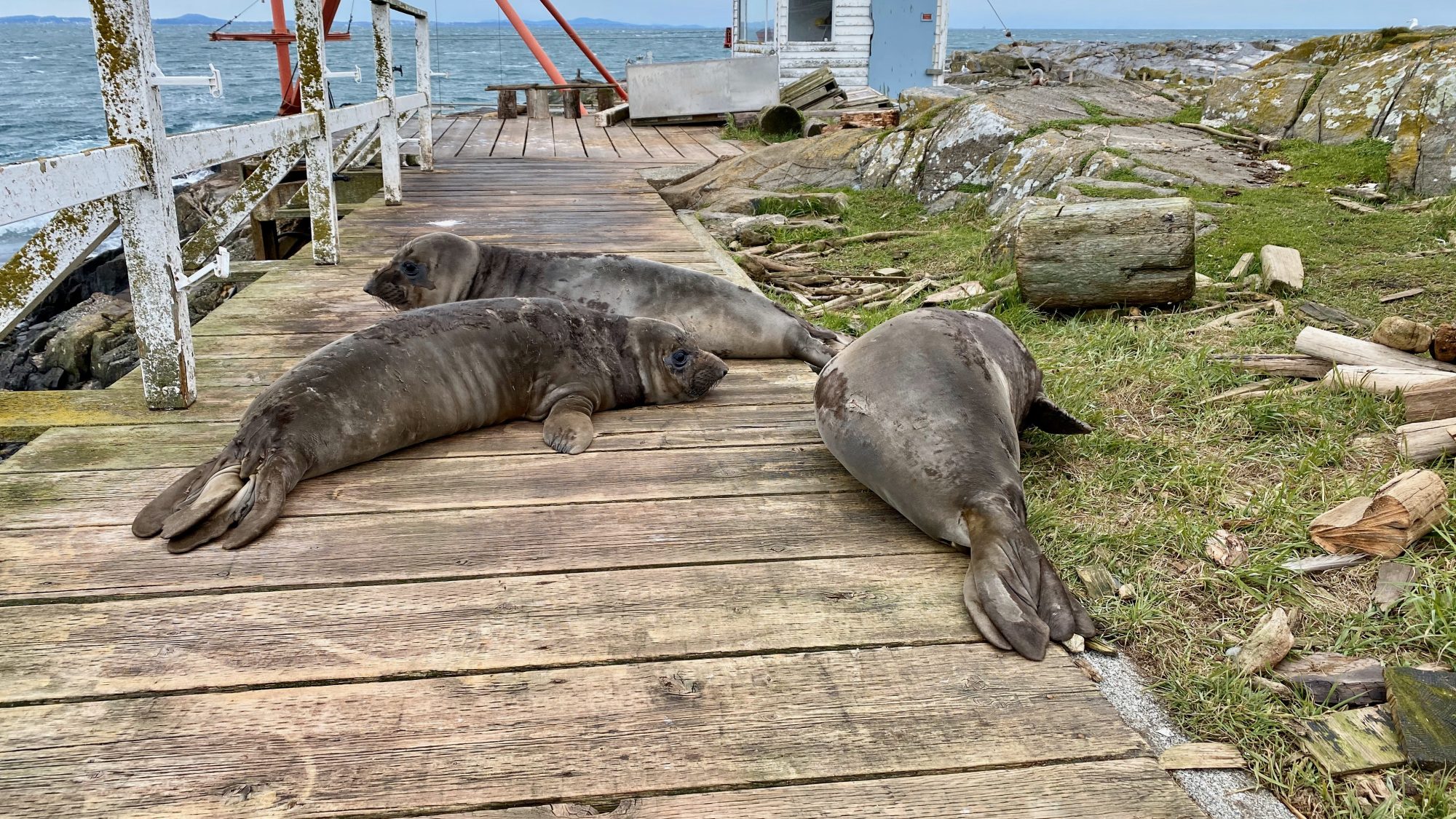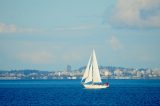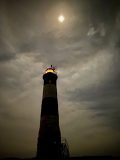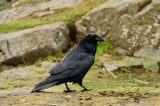Wind: yesterday W 0-30 knots, today mostly W, SE in early afternoon 1-28 knots
Sea State: both days calm in morning, rippled in afternoon
Visibility: both days 10-15 NM
Sky: both days clear
Temperature: yesterday 6-8 °C, today 6-11 °C
Atmospheric CO2: 414.34 ppm (recorded by NOAA at Mauna Loa Observatory, Hawaii)
All three elephant seal pups were swimming near the boat ramp both yesterday and this morning. The middle aged pup has taken to a napping spot on the concrete between the boat ramp and the rocks.
When I did the census observations today, I was surprised there were only 84 pigeon guillemots. I counted twice to make sure. The little black and white birds with bright red feet appear to be everywhere around the shoreline and in the water around the main island. They are constantly moving about and making their high-pitched whistling call.
I had a great view of a sea otter this afternoon. While out in the boat taking a photo of the main island, I heard what sounded like a slapping sound on the water. I turned around to see the sea otter about 20 m from the boat crack open clamshells on its chest. The otter had a few clams lined up. I turned off the engine and watched the otter quickly eat a few clams, then repeatedly dive down and eat more.
Today, there were nine pleasure crafts, one sailboat and the Race Rocks station boat in the ecological reserve, the most boats of any day this year. A pleasure boat with five people stopped at the jetty this evening. Three people walked along the jetty to get a closer look at the elephant seal pup napping beside the boat ramp. I approached and drew their attention to the large sign that explains the purpose of the ecological reserve and that permission is needed to come ashore. They were very nice and asked a few questions about the marine mammals before they left. No boats were in the ecological reserve yesterday.
Census results from today:
4 elephant seals (1 adult female, 2 female pups, 1 male pup)
10 steller sea lions
82 california sea lions
1 sea otter
50 harbour seals
8 bald eagles (3 adults, 5 juveniles)
11 brandt’s cormorants
6 double-crested cormorants
19 pelagic cormorants
9 Canada geese
251 gulls (mostly thayer’s gulls)
8 black oystercatchers
1 whimbrel
26 harlequin ducks
84 pigeon guillemots
4 surfbirds
12 black turnstones
Here are some photos from the past two days:
-
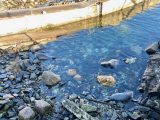
-
The three elephant seal pups practicing their swimming skills near the boat ramp and jetty yesterday morning.
-

-
Harlequin ducks taking a break on the rocks in the east bay
-

-
Harlequin duck, oystercatcher and whimbrel on the east side
-
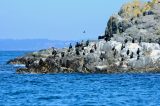
-
Brandt’s, double-crested and pelagic cormorants on the southwest side of the main island
-

-
Sea otter
-

-
Sea otter breaking open a clamshell
-

-
Sea otter eating a clam
-
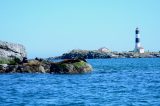
-
Looking back towards Great Race Rocks from the west side of the ecological reserve, with a view of california sea lions on the West Islands.
Two short videos of the youngest elephant seal pup learning to swim in the shallow water. In the first clip, she appears to be playing with a little bull kelp. In the second clip, she is blowing bubbles. The sounds of many species can be heard: california sea lions, thayer’s gulls, black turnstones and pigeon guillemots.

